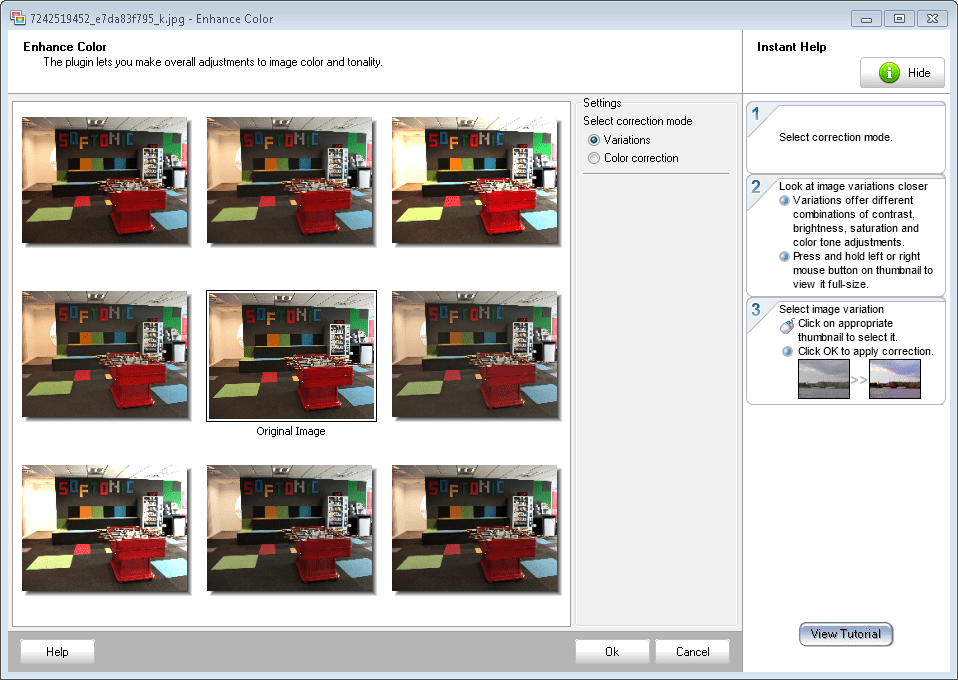
What our students are saying should always be more important than how they are saying it. However, an engaging story with an interesting beginning, problem, solution, and ending should be the driving force behind any project. Furthermore, we believe that the learner’s storytelling is more important than the technology.
#Digital photostory professional#
We contend that digital storytelling instruction will be most successful with second language learners if grounded in constructivist learning principles and informed by the professional standards for both students and teachers (see resources). To connect learning literacy, language, and the ubiquitous technology that surrounds us, we suggest teachers take a close look at digital storytelling and what it has to offer. Many teachers have not had the preparation to integrate technology in their classrooms, or emphasize it in their language teaching (Velazquez-Torres, 2006). Paradoxically, today’s students - except for most children of poverty - live a digitally-saturated life away from school, but live a relatively digital-free life at school (U.S. They often are more comfortable with technology than their teachers. Like digital natives, most of our students have been surrounded by computers, the Internet, mobile phones, iPods, digital cameras, and video games since a pre-school age.

When it comes to learning language with new media it seems our students are En La Frontera - on the border - having two separate lives. No matter the group or location, digital storytelling captivates, engages, and educates. We have created digital storytelling projects with Alaska Natives, in Irish schools, with undergraduate and graduate students in education, and with inner-city populations in the southern United States.


Digital storytelling is storytelling that contains some mixture of computer-based images, text, recorded audio narration, video clips, or music. Storytelling has received a wealth of support as an important teaching tool grounded in constructivist learning principles (Stanley and Dillingham, 2010). Recent research indicates our brains are actually “hard wired” to remember information in storytelling format (Willingham, 2004). Storytelling is the oldest form of teaching and probably the best way to learn. When you are ready open the Photostory 3 program.Ĭlick on ‘Start’ / All programs / Photo Story 3 for Windowsīuild your learning resource based on what you have learned from the video.Nile Stanley and Brett Dillingham see the value in connecting learning literacy, language, and technology through storytelling
#Digital photostory install#
Photostory 3 – Creating your digital learning resourceĭownload and install photostory on your computer from Read these instructions on downloading photos at ĭownload the example photos on baking choux pastry at to your computer. You may like to watch the video all the way through and then replay and pause as you create your own digital story.Įxample - The final digital story published on the internet Flickr – Downloading Choux Pastry Photos
#Digital photostory how to#
This video will show you how to take your photos and script and turn into a digital story using Photostory 3. You will use these steps to narrate your resource.īlip Video - How to create a Photostory resource



 0 kommentar(er)
0 kommentar(er)
